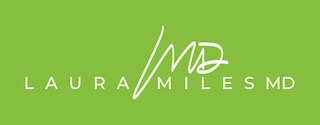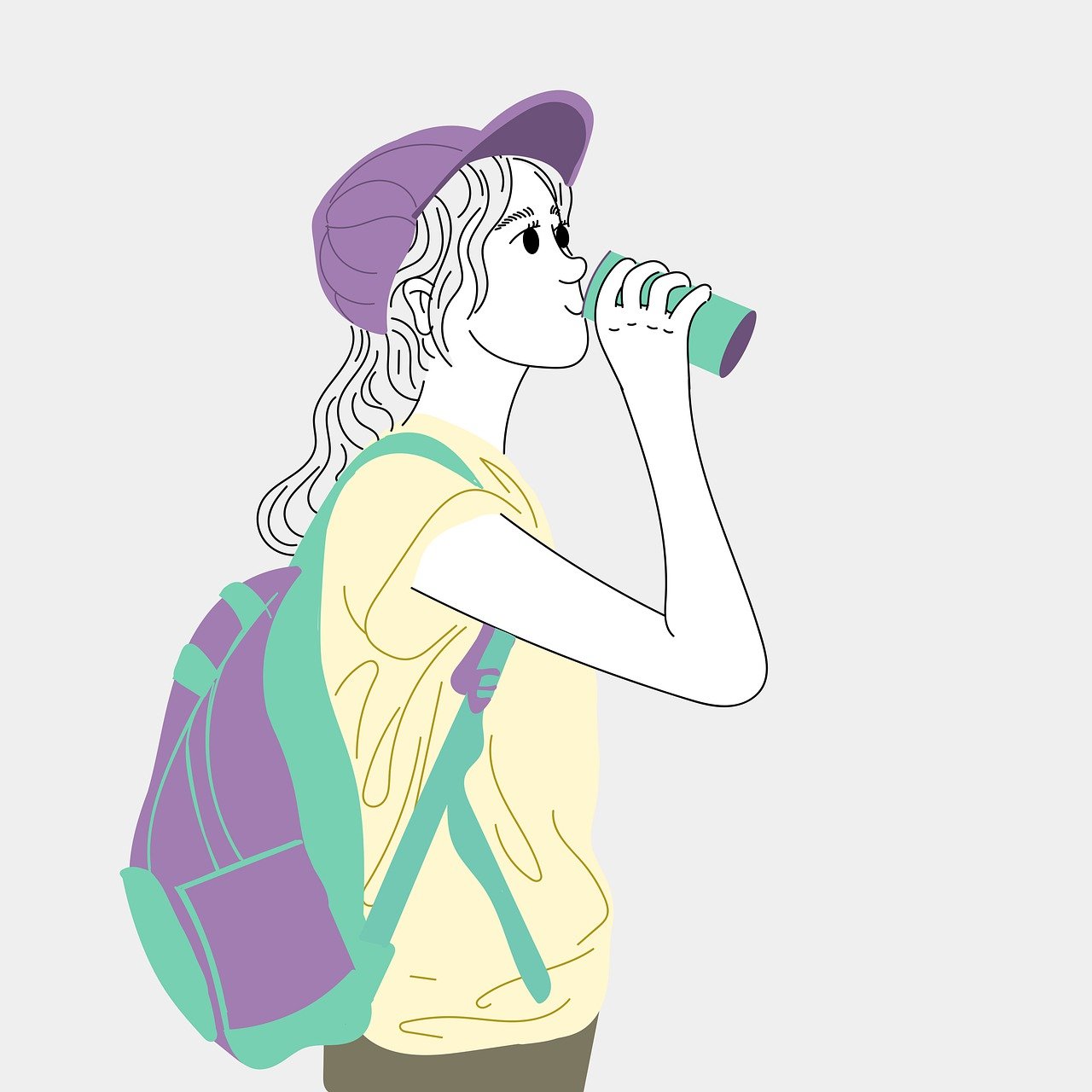When you get tired what do you reach for to drink? If you said an energy drink or if you know your kiddo is using energy drinks then pay attention. I have written about this before but after a recent article I read discussing these as a trending drink for our younger population I thought it would be appropriate to revisit this. A recent survey reported that nearly 32% of our younger population use energy drinks on a regular basis. The majority of these drinks boast a higher amount of caffeine when compared to a cup of coffee. These usually contain between 80-290 mg of caffeine (majority on the upper end) per 8 ounces when a cup of coffee is usually around 80-95mg. When you look at the mg of caffeine you think – well, that doesn’t look too bad. Not so fast. Majority of these have added stimulants that increase the effects of the caffeine as well as have their own properties. These are labeled and marketed to enhance mental acuity as well as physical performance. The labels don’t say anything about death, heart arrhythmia’s, insomnia, gut issues and many more. READ ON to learn about the hidden side-effects of energy drinks and how much is too much….
The FDA (food and drug administration) has defined the amount of caffeine safe for consumption per day to be around 400mg. Where we are getting into trouble is that many people don’t just drink one and when you add in the extra glucose and other “healthy” ingredients it accelerates the absorption of the caffeine creating an exaggerated response. As a result, many side-effects have occurred.
An example of additives included in many energy drinks is the ingredient guarana. Guarana is a plant derived natural stimulant whose caffeine amount surpasses the content in a regular coffee bean. This additive enhances the caffeine content and the stimulatory attributes in energy drinks. Because this is an herbal supplement the amount of caffeine in the guarana remains unlisted on the product label!!
Energy drinks usually also contain large amounts of sugar ranging from 21-34 grams per ounce! Sugar content is one of the key contributors to an increased risk of obesity and type 2 diabetes.
Majority of serious side-effects occur when increased amounts are consumed by drinking more than one. However, the argument of “I only had one so it’s ok” is a dangerous line of thinking. Panera’s “Charged lemonade” illustrates this. One large cup, 30 ounces, contains nearly 390mg of caffeine. Panera withdrew these drinks as a result of several lawsuits where people had died after consuming one or more of these drinks.
It’s important to realize that in susceptible people even only slightly higher amounts of caffeine/stimulation can create symptoms even if it is well under the “safe limit”. I also suspect certain routine medications have an additive effect!
Let’s look closely at some of the reported adverse effects of energy drinks:
- Cardiovascular effect. There have been many sudden cardiac arrests after energy drink consumption (typically drinking more than one). This is thought to be due to the onset of significant cardiac events including ventricular arrhythmias and wave changes including ST elevation and QT prolongation that are not life-sustaining. These is why you will hear about sudden death after increased energy drink consumption. In addition, consuming energy drinks stimulates platelet aggregation increasing the risk of clotting. A recent study demonstrated a relationship between overconsumption of energy drinks and aneurysm formation, dissection and rupture or large arteries.
- Neurological/psychological effect. Anxiety, insomnia, restlessness, muscle twitching and headaches can all occur. There are four caffeine-induced psychiatric disorders recognized and hallucinations have been observed in individuals consuming more than 300mg of caffeine per day. Increased association of violent behavior has been demonstrated with higher caffeine intake.
- Gastrointestinal effect. Rapid caffeine intake decreases insulin sensitivity which in turn can explain the rise in blood sugar levels after consumption. The high sugar then reduces the activity, diversity and gene expression of the bacteria in the gut which can then increase the risk of obesity and metabolic syndrome. When you alter the gut microbiome other symptoms are more likely to occur like diarrhea, bloating and nausea. There have also been reports of increased liver enzymes and subsequent liver injury.
- Kidney effect. Caffeine increases diuresis which is why when you drink excess caffeine you have to go to the bathroom more often. This can lead to the potential for dehydration especially when combined with prolonged exercise in a hot environment. Dehydration during prolonged exercise increases the body temp and heart rate. Increasing the heart rate increases the risk of arrhythmia. Injury to the kidneys have also been reported with regular use of energy drinks and exercise.
- Dental effect. Energy drink consumption has been associated with dental erosion most likely due to the high sugar content and low pH.
Caffeine by itself is not big, bad and ugly. There are many studies demonstrating the benefits of coffee and green tea so don’t misinterpret this!
The take home messages are:
- Limit the amount of caffeine (don’t drink several energy drinks all at once) and assume if there are natural additives the caffeine content might be higher than the label indicates. Keep in mind that the FDA recommends less than 400mg daily but your limit might be lower than this.
- Space caffeine out over the course of the day. The more you drink within a short period of time the increased risk of side-effects
- Choose products with lower amounts of glucose and other additives even if they are “natural”.
To your health,
Laura









